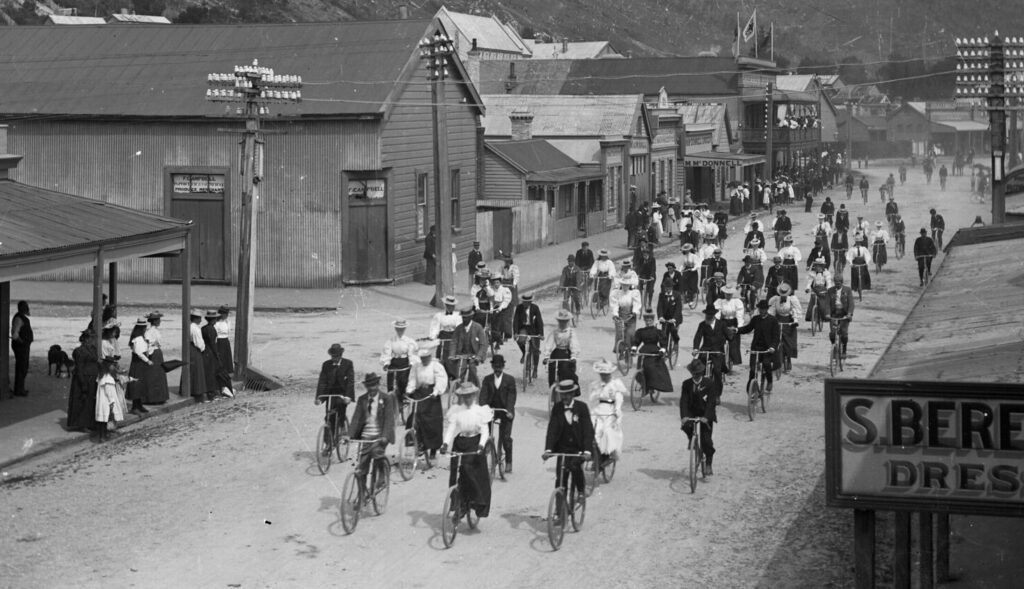Howard Fischer
Uppsala, Sweden

“The most important event in recent human evolution was the invention of the bicycle.”1
– Steve Jones, biologist
The invention of a safe, reliable, and relatively cheap bicycle occurred at the end of the nineteenth century. Called a “hugely disruptive technology,” the bicycle permitted the “masses to be mobile.”2 A bicycle was cheaper than a horse or a carriage. After a hard day’s work in field or factory, a man was not inclined to take a long walk to look for a prospective spouse. The average speed a man walks at is 5 km per hour. A trotting horse covers about 15 km per hour.3 Someone riding a bicycle on a dirt road can cover nearly 13 km per hour.4
Studies of parish records in Dorset, England showed that in 1887, 77% of marriages were between people from the same parish (essentially, from the same village). In the years 1907–1916, though, only 41% of marriages were between people from the same village.5
Put differently, the clustering of surnames decreased in Dorset in the 1890s, indicating increased mobility of the population. Marriages to people living 19–20 km away increased.6
The term “gene pool” refers to all the genes within a population. The bicycle changed the definition of a “population” from a single village to villages 10–20 km away. This decreased the chances of cousin-cousin marriages (and of having children potentially affected by autosomal recessive disorders) and introduced more genes into the expanded population.
An 1898 newspaper in New Zealand claimed that “fifteen engagements were announced in the days following a cycling club picnic.”7
In addition, the American feminist pioneer Susan B. Anthony stated in 1896 that the bicycle “did more to emancipate women than anything else in the world.”8
References
- Rupert Taylor. “Bicycles and the gene pool.” Owlcation, June 24, 2022. https://owlcation.com/humanities/Bicycles-and-the-Gene-Pool.
- Roff Smith. “How bicycles transformed our world,” National Geographic, June 17, 2020. https://www.nationalgeographic.com/history/article/how-bicycles-transformed-world.
- Taylor, “Bicycles.”
- Laura Bustos. “What is the average cycling speed?” Bicycling, February 27, 2023. https://www.bicycling.com/training/a43031175/average-cycling-speed/.
- Taylor, “Bicycles.”
- Greg Foyster. “The best thing on two wheels.” First published in The Big Issue 553, January 12, 2018. https://gregfoyster.com/the-best-thing-on-two-wheels-a-quirky-history-of-cycling-in-australia/.
- New Zealand Graphic and Ladies’ Journal (Auckland), September 17, 1898. Cited in Clare Simpson, “A social history of women and cycling in New Zealand in the late nineteenth century,” thesis, Lincoln University (New Zealand), 1998.
- Jessica Strange. “Sisterhood of cycling: The radical roots of the bicycle.” Fawcett Society. https://www.fawcettsociety.org.uk/blog/the-sisterhood-of-cycling.
HOWARD FISCHER, M.D., was a professor of pediatrics. He lives in Sweden, but has never learned to ride a bicycle.

Leave a Reply